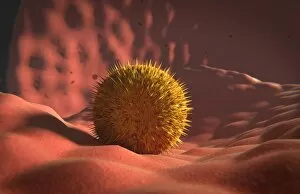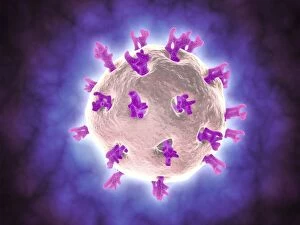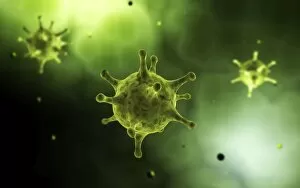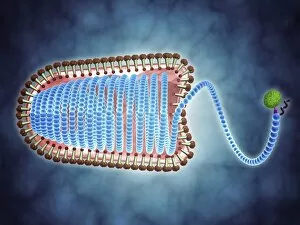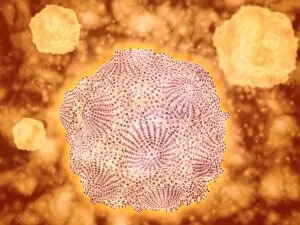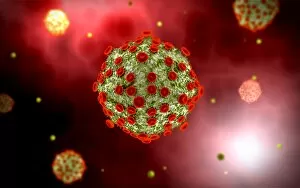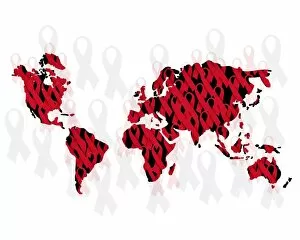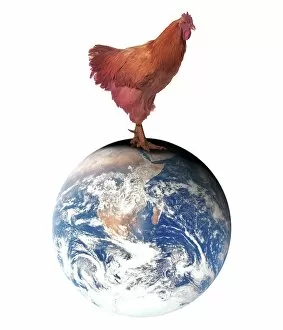Pandemic Collection (page 10)
"Pandemic: A Historical Reminder of Humanity's Battle Against Infectious Diseases" In the depths of history, a haunting figure emerges - the plague doctor
All Professionally Made to Order for Quick Shipping
"Pandemic: A Historical Reminder of Humanity's Battle Against Infectious Diseases" In the depths of history, a haunting figure emerges - the plague doctor. With their beaked masks and long cloaks, they navigated the 17th century streets, fighting against an invisible enemy that ravaged communities. Their presence in ancient artwork serves as a chilling reminder of the devastating power of pandemics. Fast forward to modern times, where another viral threat looms large - the avian flu virus. Originating from birds, this infectious disease has caused widespread concern due to its potential to jump species and cause severe illness in humans. The microscopic view reveals its intricate structure, reminding us of our vulnerability at a cellular level. Pandemics do not discriminate; they affect all corners of society. In Mexico, health education initiatives target indigenous populations grappling with poverty and limited access to healthcare resources. These efforts aim to empower these communities with knowledge about viruses like never before. The Black Death rat flea is forever etched in our collective memory as one of history's deadliest carriers. Artwork depicting this tiny insect reminds us that even the smallest creatures can have catastrophic consequences when it comes to spreading diseases. The influenza virus takes on a new form through computer artwork - showcasing its ability to mutate rapidly and challenge medical advancements year after year. This constant battle between science and nature highlights humanity's resilience in combating ever-evolving threats. From Cellardyke in Fife, Scotland to Melbourne COVID-19 protests down under – scenes unfold across continents revealing both unity and division amidst crisis-stricken societies. While some come together for safety measures and support systems during these trying times, others take up arms against restrictions imposed by authorities. As we navigate through this pandemic-ridden era, let us remember our shared responsibility towards public health. History teaches us valuable lessons about perseverance and adaptation when faced with such challenges – may we draw strength from those who fought before us as we continue to battle against the invisible enemy that is the pandemic.

